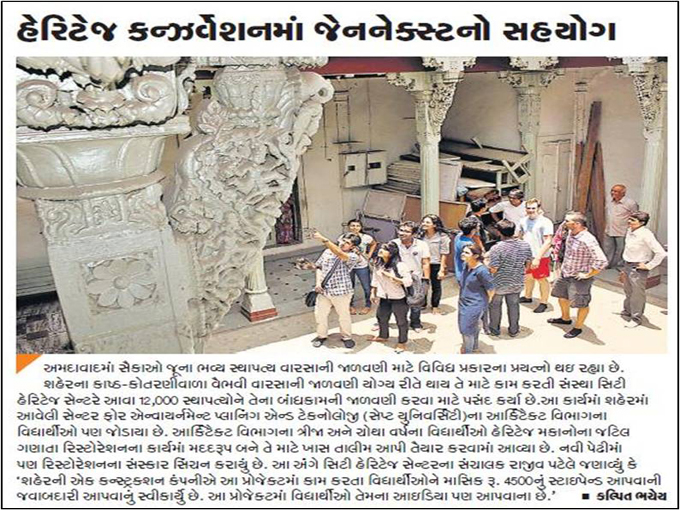
- Home
- |
- About CHC
- |
- Ahmedabad City
- |
- Get Involved
- |
- News
- |
- Contact Us
Education
Revitalization of Historic inner cities of India
A three day retidensial course to have experiential learning at the heart of Ahmedabad.
Experiential Learning at the heart of Ahmedabad
This course is designed to supplement the prevailing architectural education, by bringing in an important enriching opportunity through an experiential learning process. You will walk the narrow lanes but will get a broader perspectives about the contexts as well as design concepts be hind the Heritage Buildings. You will explore the wisdom about architectural and planning concepts by experiencing the space, interacting with craftsmen and local residents, and by sketching,photographing and listening to walking lectures. You will be sitting on the public squares watching children playing to understand the community spaces. You will be fulfilling your appetite at the food market while realizing diverse aspects of heritage all together form the heritage of Ahmedabad. In addition, you will also experience some of the local arts and crafts, as well as a cultural evening in the restored Haveli.
hind the Heritage Buildings. You will explore the wisdom about architectural and planning concepts by experiencing the space, interacting with craftsmen and local residents, and by sketching,photographing and listening to walking lectures. You will be sitting on the public squares watching children playing to understand the community spaces. You will be fulfilling your appetite at the food market while realizing diverse aspects of heritage all together form the heritage of Ahmedabad. In addition, you will also experience some of the local arts and crafts, as well as a cultural evening in the restored Haveli.
 hind the Heritage Buildings. You will explore the wisdom about architectural and planning concepts by experiencing the space, interacting with craftsmen and local residents, and by sketching,photographing and listening to walking lectures. You will be sitting on the public squares watching children playing to understand the community spaces. You will be fulfilling your appetite at the food market while realizing diverse aspects of heritage all together form the heritage of Ahmedabad. In addition, you will also experience some of the local arts and crafts, as well as a cultural evening in the restored Haveli.
hind the Heritage Buildings. You will explore the wisdom about architectural and planning concepts by experiencing the space, interacting with craftsmen and local residents, and by sketching,photographing and listening to walking lectures. You will be sitting on the public squares watching children playing to understand the community spaces. You will be fulfilling your appetite at the food market while realizing diverse aspects of heritage all together form the heritage of Ahmedabad. In addition, you will also experience some of the local arts and crafts, as well as a cultural evening in the restored Haveli. The course includes classroom sessions with professors, interactions with master crafts man and artisans at restoration sites, 'do-it-yourself' fieldwork on condition assessments, emergency repair plans, restoration and reuse plans for heritage buildings.
Objectives of the Course
- To provide a field-based learning opportunity for architecture students from across India and abroad.
- To make the students aware of heritage resources in traditional/historic towns and neighborhoods, and to encourage them to explore various aspects of good design practices embedded in theseneighborhoods.
- To enrich the students' design thinking and process by immersing them into real life context of a historic city, and by encouraging them to pursue contemporary architectural design in such contexts.
- To draw students' attention towards the issues related to these heritage, and potential field of heritage management.
Course Learning Outcomes
- Distinguish the characteristics of traditional pols (as neighborhoods) and havelis (as individual buildings).
- Articulate major issues pertaining to traditional neighborhoods in contemporary contexts,
- Recognize a few design and preservation strategies that may be employed to address the concerns as articulated (no. 2 above).
- Describe the general process followed in condition asses
sment and preparation of restoration and management plans for historic buildings, and associated economic scenarios.
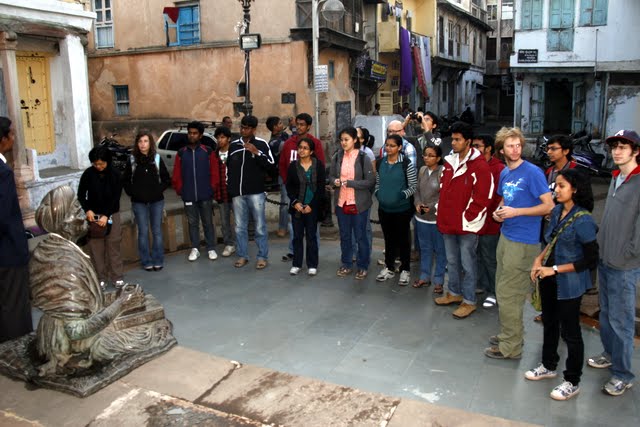
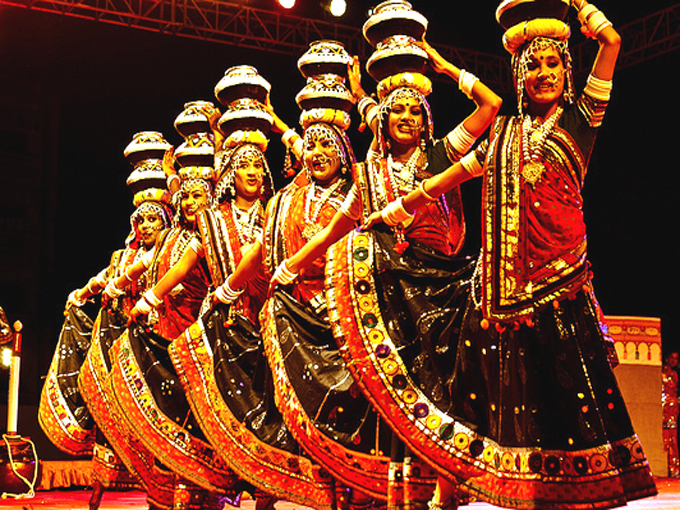
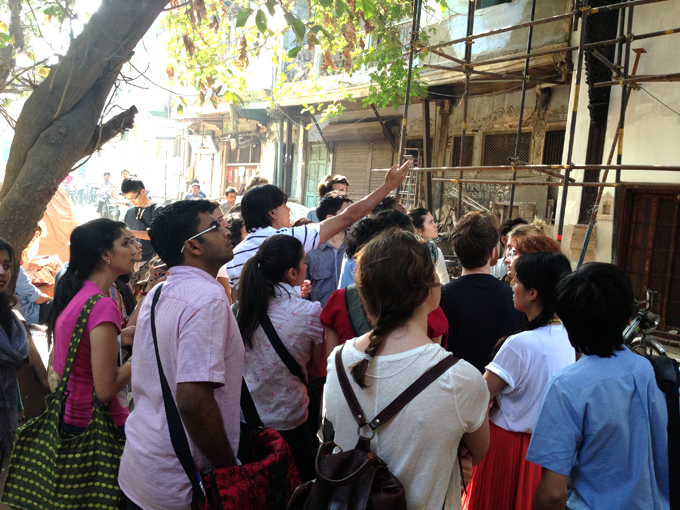
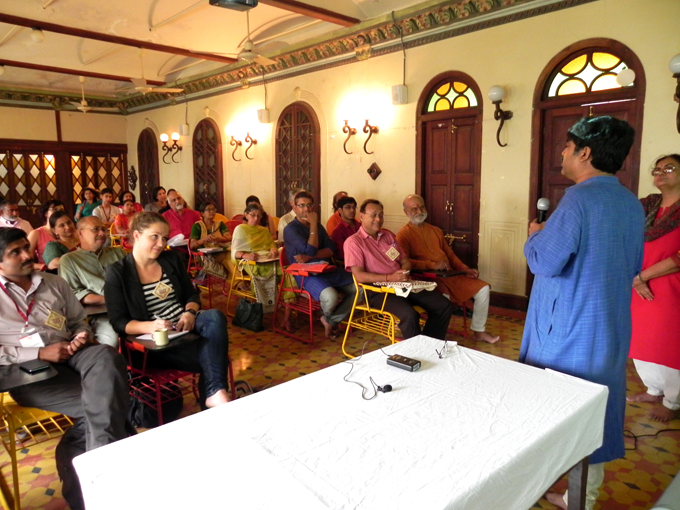
 Print
Print
